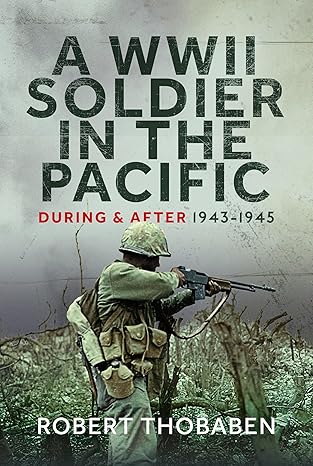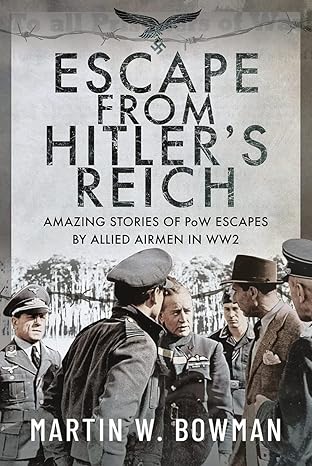The History of the Panzerwaffe: Volume 3: The Panzer Division
A review by Chris Buckham.

Author: Thomas Anderson
ISBN: 978-1-4728-3389-1
Publisher: Osprey
Year: 2020
Hardcover
Pages: 288
Photos/Maps: 100’s/0
Thomas Anderson's "The History of the Panzerwaffe Vol 3: The Panzer Division" is a meticulously crafted and insightful addition to the study of World War II military history. In this volume, Anderson delves into the evolution, strategies, and impact of the German Panzer divisions, shedding light on their pivotal role in shaping the course of the war.
With a clear and engaging writing style, Anderson navigates through the intricate details of the Panzer divisions' formation, development, and deployment. He masterfully blends historical context with strategic anang readers with a comprehensive understanding of the Panzerwaffe's significance within the broader context of the war. This book is not only a must-read for military enthusiasts but also for those seeking a deeper grasp of the dynamics that shaped the conflict.
One of the standout features of Anderson's work is his attention to detail. He meticulously outlines the organizational structures, equipment, and tactical innovations that allowed Panzer divisions to dominate on t. By presenting a thorough exploration of each division's strengths and weaknesses, he offers readers a well-rounded view of the Panzerwaffe's impact and limitations.
Furthermore, Anderson's extensive use of primary sources, including personal accounts and official documents, adds a human dimension to the narrative. By incorporating a huge number of photographs, to supplement thor each section of the Division, he brings to life the challenges faced by Panzer crews and their commanders. This approach humanizes the history and offers readers a glimpse into the emotional and psychological toll of warfare, complementing the more technical aspects of the book.
Anderson book also excels at shedding light on the lesser-known elements of the Panzer Division. Each Division was, in effect, a self-contained entity with its own motorized infantry, specialized artillery and reco addition, it also contained butchers, bakers, leather workers and tailors. Field kitchens, postal sections, medical, Engineers, transport, mechanical and military police also formed integral parts of the Panzer divisions. These logistical components were key enablers to the effectiveness of the Divisions. He skillfully examines their contributions, illustrating the challenges they faced and how they strove to overcome support capabilities that were often stretched well beyond their anticipated limitations; their success or failure often determined the effectiveness of the combat elements.
The book is undoubtedly a valuable resource, and despite the shear magnitude of the of information presented, Anderson’s style and approach ensure its ease of comprehension. His efforts to maintain a coherent narrade clear explanations help mitigate this issue to a considerable extent.
In conclusion, "The History of the Panzerwaffe Vol 3: The Panzer Division" by Thomas Anderson is an indispensable contribution to the study of World War II military history. With its thorough analysis, attention tonsightful contextualization, the book offers a comprehensive overview of the Panzer divisions' role in the conflict. By combining technical analysis and detailed explanation, Anderson creates a work that appeals to both scholars and general readers interested in understanding the complexities of this tool of war.
| * * * |
© 2025 By Chris Buckham
http://www.themilitaryreviewer.blogspot.com
Published online: 08/27/2023.
* Views expressed by contributors are their own and do not necessarily represent those of MilitaryHistoryOnline.com.


